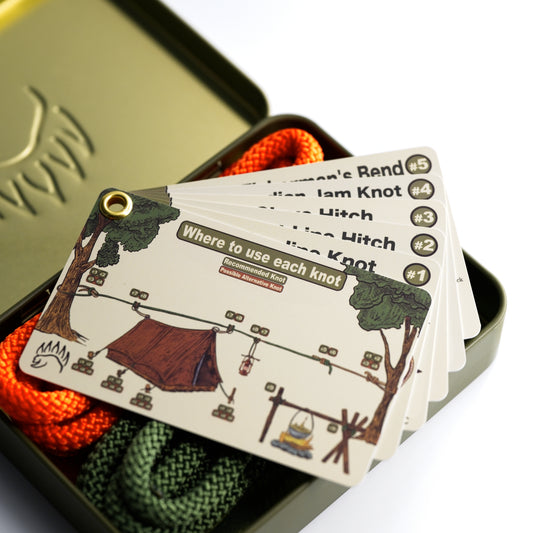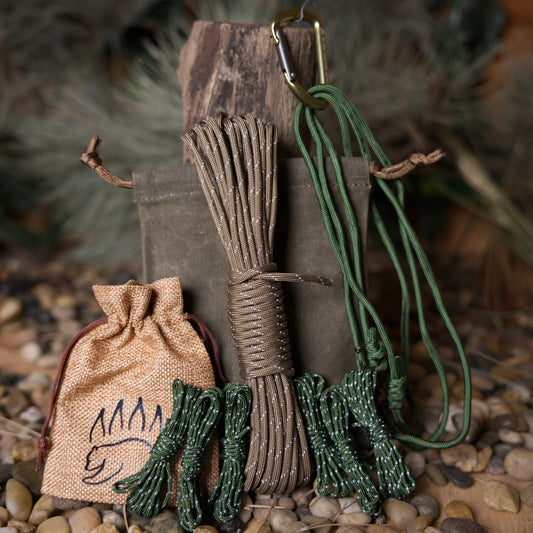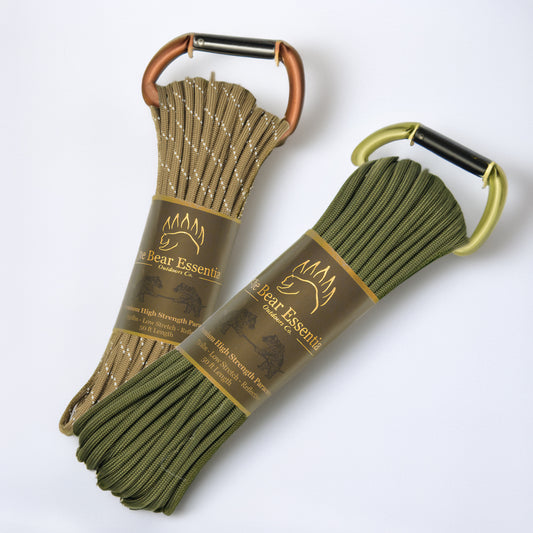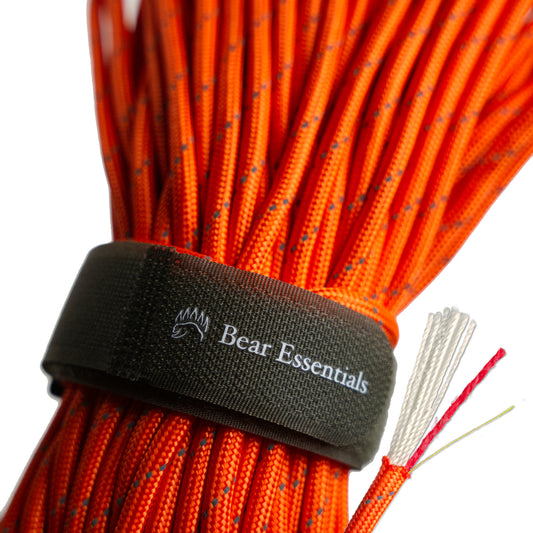How to Tie the Standard Figure 8 Knot
Usage
The Standard Figure 8 Knot is a versatile stopper knot, essential for climbing, sailing, and general utility. It prevents ropes from slipping through narrow openings or retaining devices and offers a reliable, non-jamming solution for managing rope ends. Its simplicity and strength make it an invaluable knot for beginners and experts alike.
Why Learn the Standard Figure 8 Knot?
Compared to the double overhand stopper knot, It's a simple way to secure rope ends, preventing unintentional slipping or unravelling.
Common Uses
- Climbing and Mountaineering: Preventing ropes from slipping through belay devices.
- Boating and Marine Applications: Securing lines to prevent unreeving.
- General Utility Work: Creating stopper knots for securing rope ends.
ABOK Number
(Ashley Book of Knots)
Other Names
CategoryStopper Knot
|
Notable Features
- Non-Jamming: Easy to untie after being subjected to tension.
- Strong and Secure: Prevents ropes from slipping or unreeving under load.
- Simple to Tie: Suitable for beginners and experts alike.
Variations
(No variations mentioned; section left blank.)
Similar Knots
Overhand Knot vs. Standard Figure 8 Knot
- Pros: Simpler and quicker to tie.
- Cons: Prone to jamming under tension.
Double Overhand Stopper Knot vs. Standard Figure 8 Knot
- Pros: More secure for dynamic loads.
- Cons: Harder to untie after heavy tension.
Stevedore Knot vs. Standard Figure 8 Knot
- Pros: Bulkier and more secure as a stopper.
- Cons: Slightly more complex to tie.
History
The Standard Figure 8 Knot, also known as the Flemish Knot, has been a staple in ropework for centuries. Its first recorded mention was in Lever's Sheet Anchor (1808). Its reliability and ease of untying have made it a cornerstone for sailors and climbers alike, ensuring secure yet non-jamming stopper knots in a variety of scenarios.
Security Level
The Standard Figure 8 Knot is highly secure under light to moderate loads. While it can jam under extreme tension, it remains easier to untie than simpler knots like the Overhand Knot.
Downsides
- Potential Jamming: Can jam under heavy loads, requiring careful untying.
- Less Secure for Slippery Ropes: Advanced stopper knots like the EStar Knot may be better for synthetic ropes.
Structure
- Form a small loop in the working end of the rope.
- Cross the working end over the standing line to create a figure 8 shape.
- Pass the working end through the lower loop of the 8.
- Tighten the knot by pulling both ends evenly.
Pro Tip: Practice tying the knot with different rope diameters to build confidence and skill.
FAQ
What is the Standard Figure 8 Knot used for?
It is used to create a stopper knot that prevents ropes from slipping or unreeving.
Is the Standard Figure 8 Knot easy to untie?
Yes, it is non-jamming and can be untied easily compared to other stopper knots.
How does it compare to the Overhand Knot?
The Figure 8 Knot is stronger, larger, and easier to untie than the Overhand Knot.
Can it be used with slippery ropes?
While effective, advanced stopper knots like the EStar Knot are better for slippery ropes.
Important Notes on Safety
The Standard Figure 8 Knot is reliable for most applications, but caution should be taken when using it for heavy loads or slippery ropes. Always ensure the knot is properly tightened and dressed to prevent unintended loosening.









